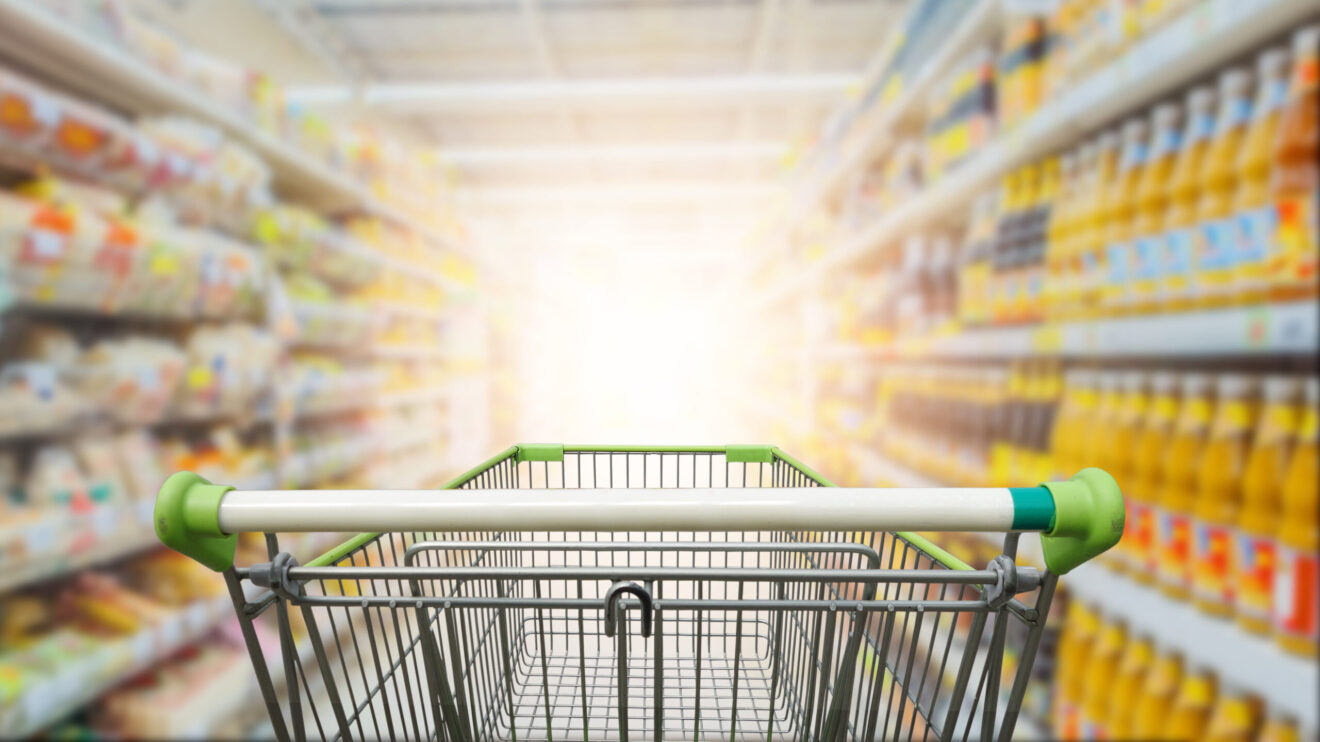Looking back on yet another year of dynamic change in the food and beverage industry, one constant we see is that consumers are still the major disruptive force. Yes, technology is making its impact felt (we can’t ignore the importance of Amazon‘s purchase of Whole Foods Market or Albertson’s acquisition of Plated.com, or the rise of always connected, wired generations), but the impact of changing consumer tastes is perhaps most noticeable in the ongoing headwinds faced by iconic CPG food and beverage brands and the effects on retailers and restaurant operators arising from evolving consumer shopping and eating habits.
The redefinition of food quality by consumers, where they seek out fresher, less-processed food and beverage experiences, is perhaps the most significant symbol of cultural change. This redefinition of quality has not been driven by industry insiders in CPG but by a host of new players in the food culture scene — small, artisan food and beverage brands, restaurateurs, chefs, writers, NGOs, some activists and consumers themselves — all working to influence new aspirations and behaviors. These behaviors represent macro shifts and include how consumer make food decisions within the household, which food categories they purchase and which channels they shop.
Some of the drivers behind these macro shifts include:
Changes in household composition: There are fewer households with kids, more single-person households and we are witnessing the rise of men as primary shoppers.
Shifting eating and meal sourcing habits: We are eating alone and snacking more, and meal rituals are diminishing. We are increasingly turning to the food service sector to satisfy our food needs and wants.
Changing shopping habits: Multi-channel shopping is now the norm, and immediate consumption is rising. With more products, services and retailers catering to the demands of the new convenience found in online options – from prepared foods to meal kits to click and collect services and online delivery – consumers can now factor digital options into their shopping habits.
Changing values: We live in a changing culture of health and wellness where fresh is the symbol of quality in food and beverage, and there is greater appreciation for personalized, customized and global foods. Related to changing values we are seeing:
- The rise in importance of transparency: Openness and honesty are becoming the currency of trust for consumers who care about sustainability. They want to see corporate responsibility efforts that indicate an authentic commitment to ethical action — especially on-pack. The topic of transparency is particularly key for retailers today, since consumers view them as arbiters of sustainability standards and curators of sustainable products. Retailer context is key in building trust with sustainability consumers.
- Increased momentum of conscious consumerism: In the context of sustainability and turning intentions to deeds, consumers are becoming more purposeful in their consumption. Top issues of concern include avoidance of toxins, animal welfare, fair labor practices, and minimizing pollution. Though the gap between aspiration and action varies with consumers’ level of engagement with sustainability, we see “conscious consumerism” gaining momentum.
Overall, consumers are expecting more from food and beverage manufacturers, retailers and restaurant operators. These new expectations reflect social, economic and cultural shifts that are reshaping consumers’ eating and drinking habits where the predictable, transactional days of cooking and eating have evolved into a contemporary eating culture where values are in flux, products are distinct and cooking is about discovery, not chores. Today’s food culture is more playful — and everything is about consumer choice.
As we’ve witnessed in the past year, it is likely that digital food and beverage platforms and services will continue to fundamentally disrupt the marketplace and assist consumers with circumventing traditional food paradigms. Technology today is enabling consumers to learn what to eat, how to cook, and how to eat well on a budget. It is also inspiring consumers to eat healthier, learn new recipes, and plan ahead with batch cooking. Digital options are creating new pathways for purchase through online grocery and direct-to-consumer options.
In the context of the redefinition of quality, and the consumer pursuit of fresh and less-processed food and beverage experiences, CPG brands should recall that “premium” products are all about integrity: Talk about the brand’s values, which include full transparency in the supply chain; talk about product quality, and ingredients. For food retailers and restaurants, look at how you can enhance the eating experience for your customers through the brands, products, menu’s and services you offer. Share the stories behind the great foods and beverages you sell; be a source of inspiration.
Winning in a rapidly changing marketplace that is redefining food and beverage quality is as much about thinking differently about a category as much as it is about selling different products. In order to communicate “premium,” product quality is implicit, while being authentic, transparent and passionate are key building blocks.
As CEO of The Hartman Group, Demeritt drives the vision, strategy, operations and results-oriented culture for the company’s associates as The Hartman Group furthers its offerings of tactical thinking, consumer and market intelligence, cultural competency and innovative intellectual capital to a global marketplace.
__________________________________________________
If you enjoyed this article, join SmartBrief’s email list for more stories about the food and beverage industry. We offer 20 newsletters covering the industry from restaurants to food manufacturing. And be sure to follow us on Twitter for the latest industry news.
